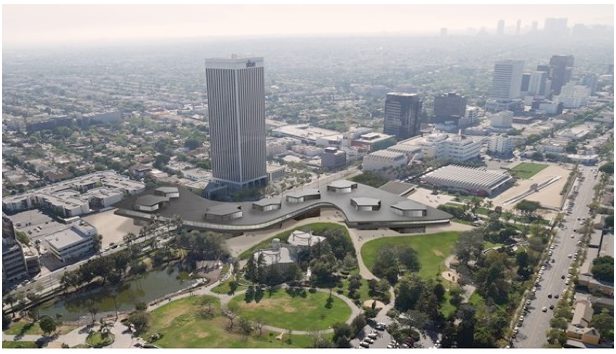‘Pretend’ Civic Engagement is Not Participation
NEIGHBORHOOD POLITICS-On Saturday August 20, fifteen members of the Echo Park Neighborhood Council (EPNC) participated in a six-hour retreat to formulate outreach goals and a funding plan for fiscal year 2016-17. They met at the old fire station building at the crossroads of Edgeware and Bellevue Avenues in Echo Park.
During a brief part of the retreat, when discussing the topic, “posting agendas,” a film crew of four from LA City… Channel 35, entered the room unannounced, not to interrupt of course, but to film two young people who would be coming in to show “participation” in neighborhood council meetings. To begin with, there were, at this time, no youth present in the room. One crew member placed two empty chairs in the midst of the NC attendees, then moved them to an even “better spot” in the room. The adult crew members walked back and forth, opening and closing doors, as one of them tested to find the best spot in the room for the camera. None of them gave their names when asked.
But the retreat continued quite smoothly. After all, we in this NC are survivors of heavy-duty past interruptions, not to mention Exhaustive Efforts (EE), the category assigned to EPNC by the Department of Neighborhood Empowerment (DONE).
Tomas Soong from DONE was overseeing the retreat. He said the filming would be okay. “They’re just using the EPNC setting, as a backdrop since there’re no other NC meetings going on today, to show youth participation in NCs,” he said.
Fifteen minutes elapsed and still no youth. Finally, at 11:06 a.m. two young females wearing blue T-shirts that said “Lincoln Heights NC” walked in. They were escorted and controlled by the two women who had been going in and out of our meeting room. Then one of the women stepped into the back room and observed through the open door behind where the NC sat, as the other escorted the girls to their seats.
After taking a seat, one of the girls raised a hand and waited to be called on. When recognized she asked, “What is a joint board meeting?” Once her question was answered; she commented on something else. A few moments later at 11:12 a.m. the cameraman folded up his gear and left the room. Five minutes later, the two girls stood and were escorted by the two female crewmembers out of the public meeting and by 11:17 a.m. the filming crew was gone.
After the crew had left and the NC took a lunch break, Board member Jim Brown shared with colleagues sitting next to him, “How do we get youth involved in the Neighborhood Council process? Perhaps have an NC committee with youth, so our demographics be better represented?” Brown was interested in finding a solution to what we had just witnessed. “Even though this [filming] was not authentic and they were really not involved, I would like to see youth involved and attend our NC meetings. Maybe there’s a way to get youth involved,” he said.
Sitting on the opposite side of the room from where the camera had been positioned earlier, Board member Margarita Fernandez said, “I question why were they here and who were they? We weren’t notified. I consider it an interruption.” Another board member who sat closer to the camera in the room said that she did not know what to think of it. “I wonder if it was just a photo ‘op’ [opportunity],” she said.
Paul Bowers, the Chief Information Officer (CIO), commented to members sitting at the same table that it was a legitimate film for a commercial for youth participating in a NC, “but in reality the two youth were not participating.”
Another board member said that youth participation with NCs is more than attending six NC meetings in a day and being filmed. At the start one Board member overheard that these girls would be attending five other NC meetings today film crew.
In addition, one crewmember mentioned upon entry that the two young people to be filmed were from the Lincoln Heights NC.
It makes sense to provide equal access to all stakeholders such as business and education entities in the Lincoln Heights area since there are two Los Angeles Leadership Academies, a middle and high school in their jurisdiction. However, as of Saturday August 20, the Lincoln Heights NC website showed there to be two vacant Board youth-representative seats. But even if they haven’t yet posted some of the newly elected board members, these young people need learn to sit for more than twelve minutes at an NC meeting. That in itself would be participation.
(Connie Acosta writes about Los Angeles neighborhood councils for CityWatch.) Graphic credit: Connie Acosta. Edited for CityWatch by Linda Abrams.

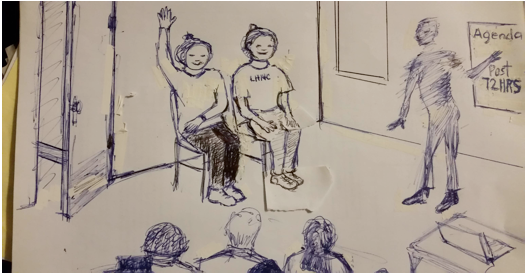
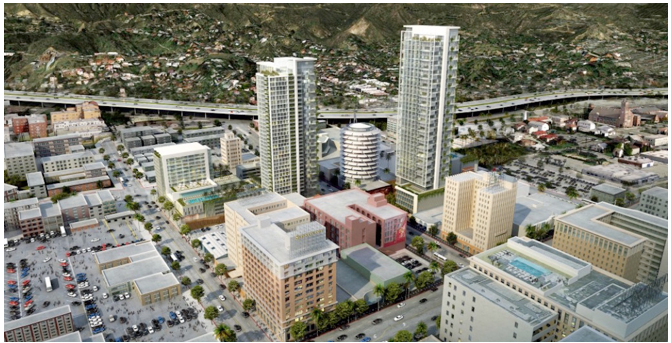
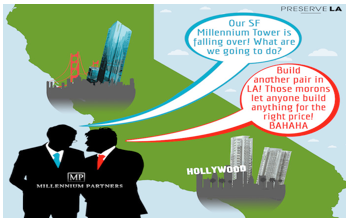 Now one has to wonder if that City Hall backing will result with LA getting not just one sinking and tilting skyscraper but two!
Now one has to wonder if that City Hall backing will result with LA getting not just one sinking and tilting skyscraper but two!
 It’s Hot Out: It can’t have escaped anyone’s notice that temperatures in the northern hemisphere peak during summertime. And we live in a desert where the effort to control indoor climate is especially resource-intensive and hard to justify.
It’s Hot Out: It can’t have escaped anyone’s notice that temperatures in the northern hemisphere peak during summertime. And we live in a desert where the effort to control indoor climate is especially resource-intensive and hard to justify. 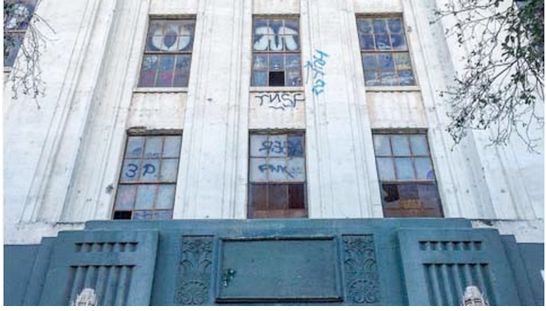
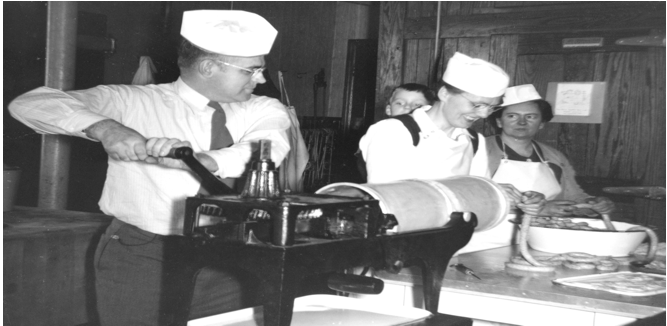
 The La Brea Willoughby Coalition (“LCW”) neighborhood is a microcosm of these dynamics. Four SLS projects proposed and approved within a one-block area resulted in loss of affordable rent-control units on all project lots. The projects also resulted in several appeals and two lawsuits in which LWC prevailed.
The La Brea Willoughby Coalition (“LCW”) neighborhood is a microcosm of these dynamics. Four SLS projects proposed and approved within a one-block area resulted in loss of affordable rent-control units on all project lots. The projects also resulted in several appeals and two lawsuits in which LWC prevailed. 

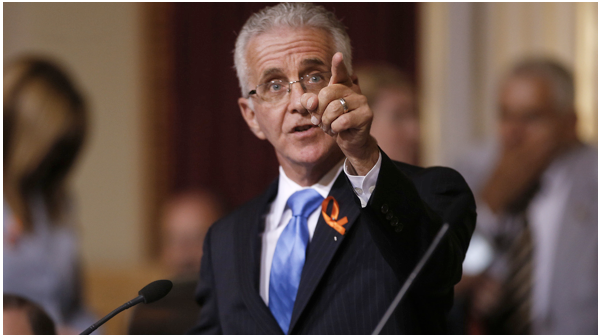
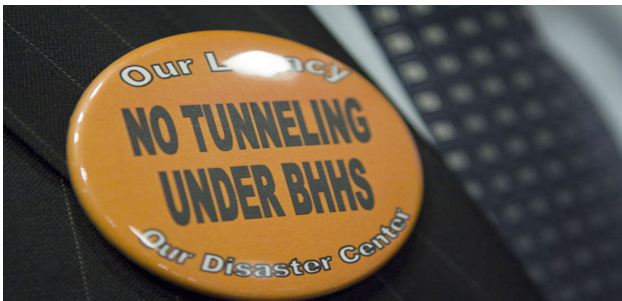

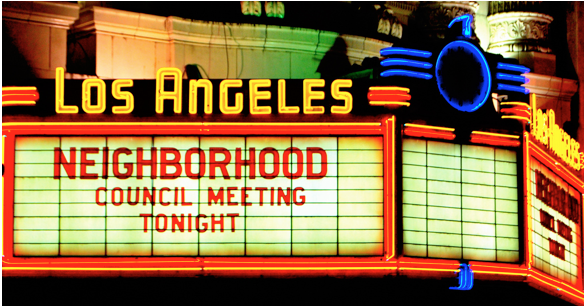

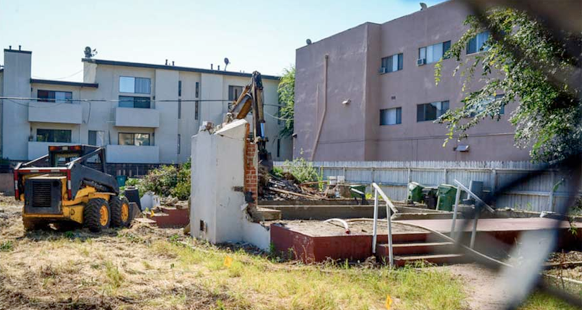
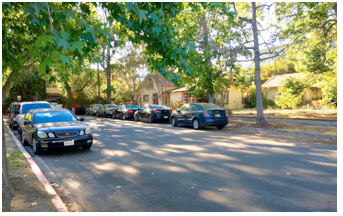 Criminals, however, do not care who owns property. It can be you, it can be me, or it can even be the State of California. When a criminal syndicate operates with the force of law, they take whatever they need. And, everyone else better shut up or else.
Criminals, however, do not care who owns property. It can be you, it can be me, or it can even be the State of California. When a criminal syndicate operates with the force of law, they take whatever they need. And, everyone else better shut up or else. 
 Describing the Congress, Cleghorn says, “The Congress is a once a year opportunity for Neighborhood Councils across the City to come together at City Hall for a day of education and communication for the entire NC System. It is an opportunity to speak one on one with our city's elected officials, department officials and each other. Also, to take advantage of a wealth of specialty workshops created by and for Neighborhood Council leaders. This year’s Congress seeks to advance the Neighborhood Councils’ advisory power needed for the enhancement and/or preservation of our communities.”
Describing the Congress, Cleghorn says, “The Congress is a once a year opportunity for Neighborhood Councils across the City to come together at City Hall for a day of education and communication for the entire NC System. It is an opportunity to speak one on one with our city's elected officials, department officials and each other. Also, to take advantage of a wealth of specialty workshops created by and for Neighborhood Council leaders. This year’s Congress seeks to advance the Neighborhood Councils’ advisory power needed for the enhancement and/or preservation of our communities.” 
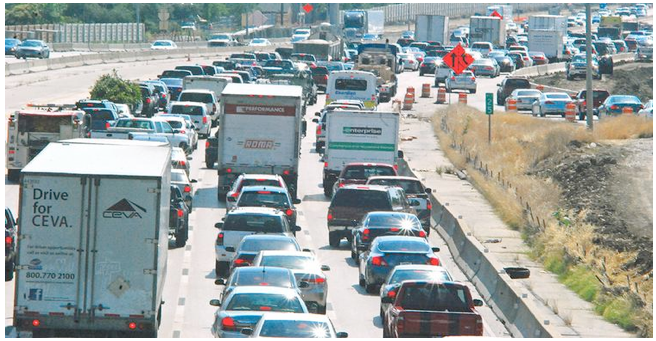
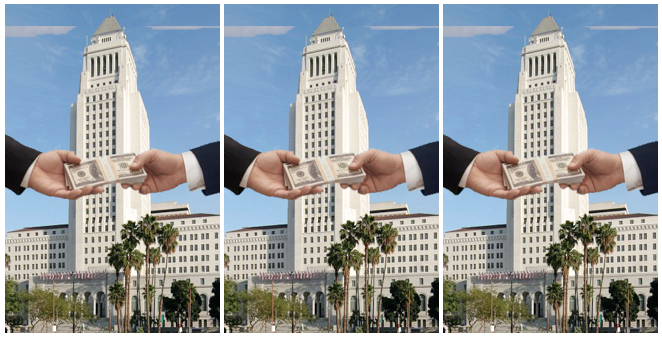
 That city also maintains a directory of all public officials who have been contacted by a registered lobbyist and a list of all “subject areas” of concern reported by lobbyists. Lobbying firms are also required to report monthly, rather than quarterly as in Los Angeles.
That city also maintains a directory of all public officials who have been contacted by a registered lobbyist and a list of all “subject areas” of concern reported by lobbyists. Lobbying firms are also required to report monthly, rather than quarterly as in Los Angeles. 
 "We can think of climate change as the manifestation of disrupted carbon, water, nutrient and solar cycles."
"We can think of climate change as the manifestation of disrupted carbon, water, nutrient and solar cycles." 
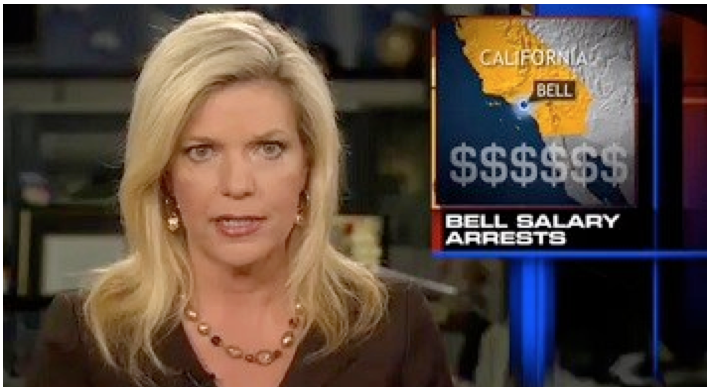
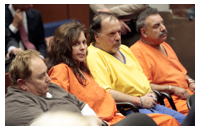 Bell--In 2010, a
Bell--In 2010, a 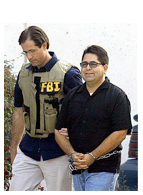 South Gate--Former city councilman, city manager, mayor and treasurer Albert Robles was sentenced to 10 years in federal prison in 2005 for public corruption, money laundering and bribery. Though several of the convictions were thrown out in 2013, Robles’ sentence was not reduced because of the seriousness of the bribery counts that remained.
South Gate--Former city councilman, city manager, mayor and treasurer Albert Robles was sentenced to 10 years in federal prison in 2005 for public corruption, money laundering and bribery. Though several of the convictions were thrown out in 2013, Robles’ sentence was not reduced because of the seriousness of the bribery counts that remained.